Baconao Park
Roam the cradle of the Cuban Revolution with life-sized dinosaurs.
Santiago de Cuba is known as the “Cradle of the Revolution.” The southern city holds a claim to fame in Cuba for being the staging area for Fidel Castro’s raid on the Moncada Barracks in 1953. Although the raid led to Castro’s arrest, it is accepted as the beginning of the Cuban Revolution.
With this nationalist framework, Baconao Park, 20 kilometers from Santiago de Cuba, has developed as a microcosm of Cuba’s history and culture. Although at times the attractions in the park seem unrelated and even a little bizarre, they all recall one of the glories of Cuba’s past and they start from the very beginning. One of the main highlights of the park is the Valle de Prehistoria, a few acres of tropical vegetation complete with 200 roaming dinosaurs of the Jurassic Period. Adding to the strangeness of the exhibit, the dinosaurs were all constructed by inmates from a local prison.
Moving chronologically through history, the park also features a lush lagoon and a typical village of the Taino, a pre-Colombian Caribbean people. Visitors can pull up to the Taino village and grab drinks at the bar before taking a dip at the beach nearby. Along with a range of natural history, Baconao also has a collection of 2,500 miniature car models and a museum dedicated to the attack on Moncada.
Although the attractions scattered over 330 square miles draw many visitors, Baconao’s focus is always the revolution. Granjita Siboney, a small farm on the land, is the very place where Fidel and his rebels planned their July 26th movement. The farm includes artifacts from the rebels such as weapons, uniforms and what Santiago de Cuba’s tourist website describes as “countless memories of those days.”
Baconao is filled with untold mystery and a strong Cuban pride and sense of nationalism. How these ideas exactly relate to miniature cars and models of dinosaurs is unclear, but thousands of visitors from across Cuba seem to understand well enough. The park contains a variety of attractions.
Great Rock (Gran Piedra)
The Great Rock is a large rock of volcanic origin, measuring 51 m (167 ft) long, 25 m (82 ft) high, and 30 m (98 ft) wide. Its estimated weight is more than 63 thousand tons.
It is possible to climb 459 stone steps to the summit of the rock, and stand 1,234 meters above sea level for a panoramic view. It is said that on a dark night one can see the lights of Jamaica.
Prehistoric Valley
In the Valle de la Prehistoria visitors encounter dozens of life-size model dinosaurs sculpted in stone and other prehistoric creatures lurking in lush vegetation.
Farm (Granjita Siboney)
The farm is the place where the attackers of the Moncada Barracks (Cuartel Moncada) led by Fidel Castro, spent the night prior to the attack on July 26, 1953.
Botanical Garden
There is also a 0.45 km (0.17 sq mi) garden, called Jardin Ave de Paraiso, dating from 1860, that was laid out on a former coffee plantation and features a series of colour-coded gardens with unique scents and displays in each.
Museum of History of Terrestrial Transport
The museum displays over 2,500 small-scale car replicas.
Aquarium
The aquarium is 30 m (98 ft) deep, and has a submarine tunnel, and a Dolphinarium.
Baconao Lagoon
The lagoon has an area of 4 km (1.5 sq mi). There is also a reproduction of a Taíno Village, and a restaurant specialized in seafood.
Know Before You Go
20 km from Santiago de Cuba
Community Contributors
Added by
Edited by
Plan Your Trip
The Atlas Obscura Podcast is Back!











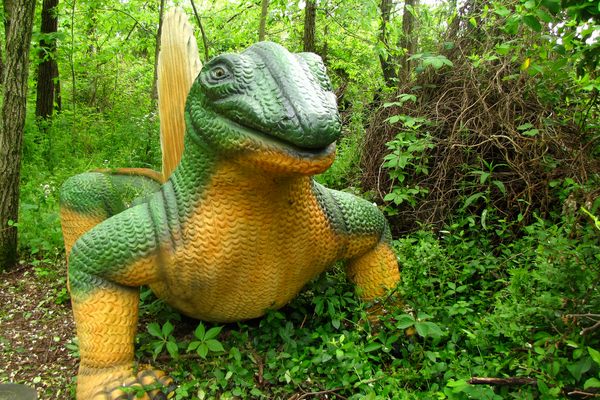














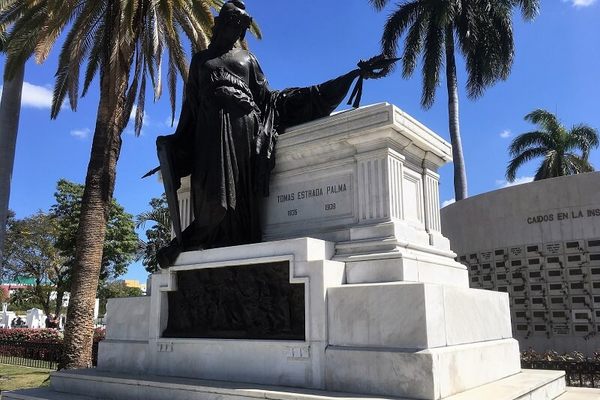
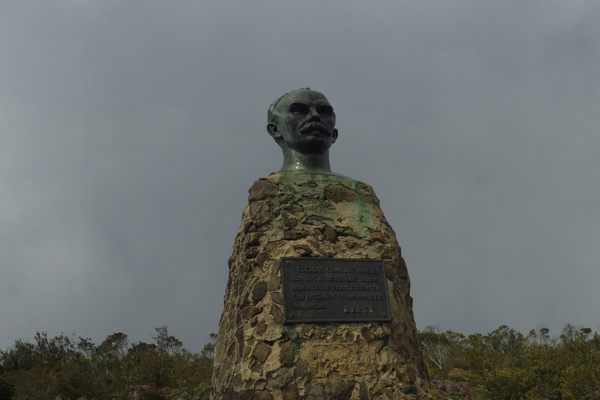



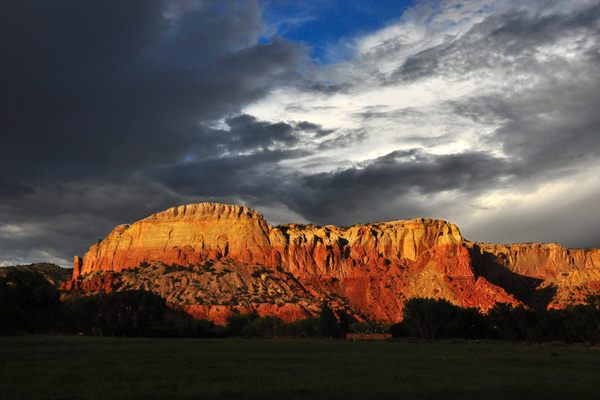
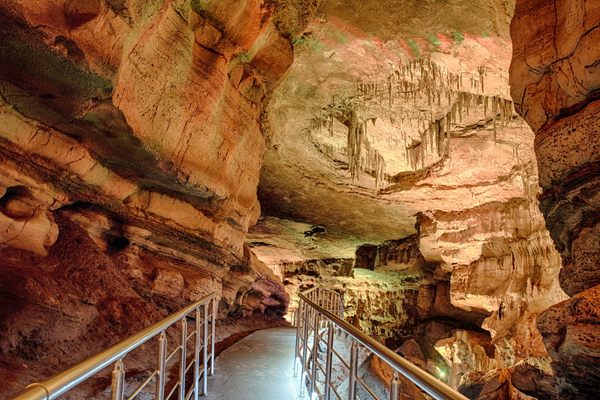
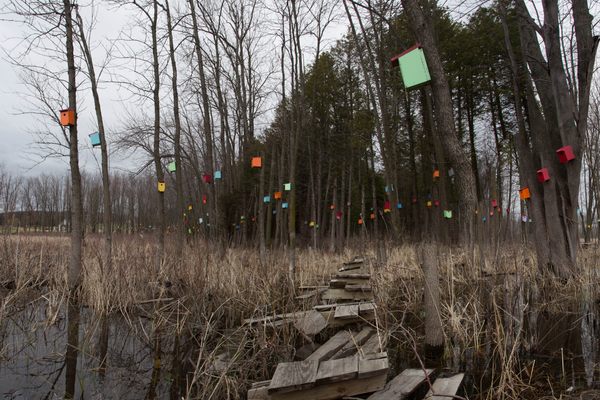


Follow us on Twitter to get the latest on the world's hidden wonders.
Like us on Facebook to get the latest on the world's hidden wonders.
Follow us on Twitter Like us on Facebook